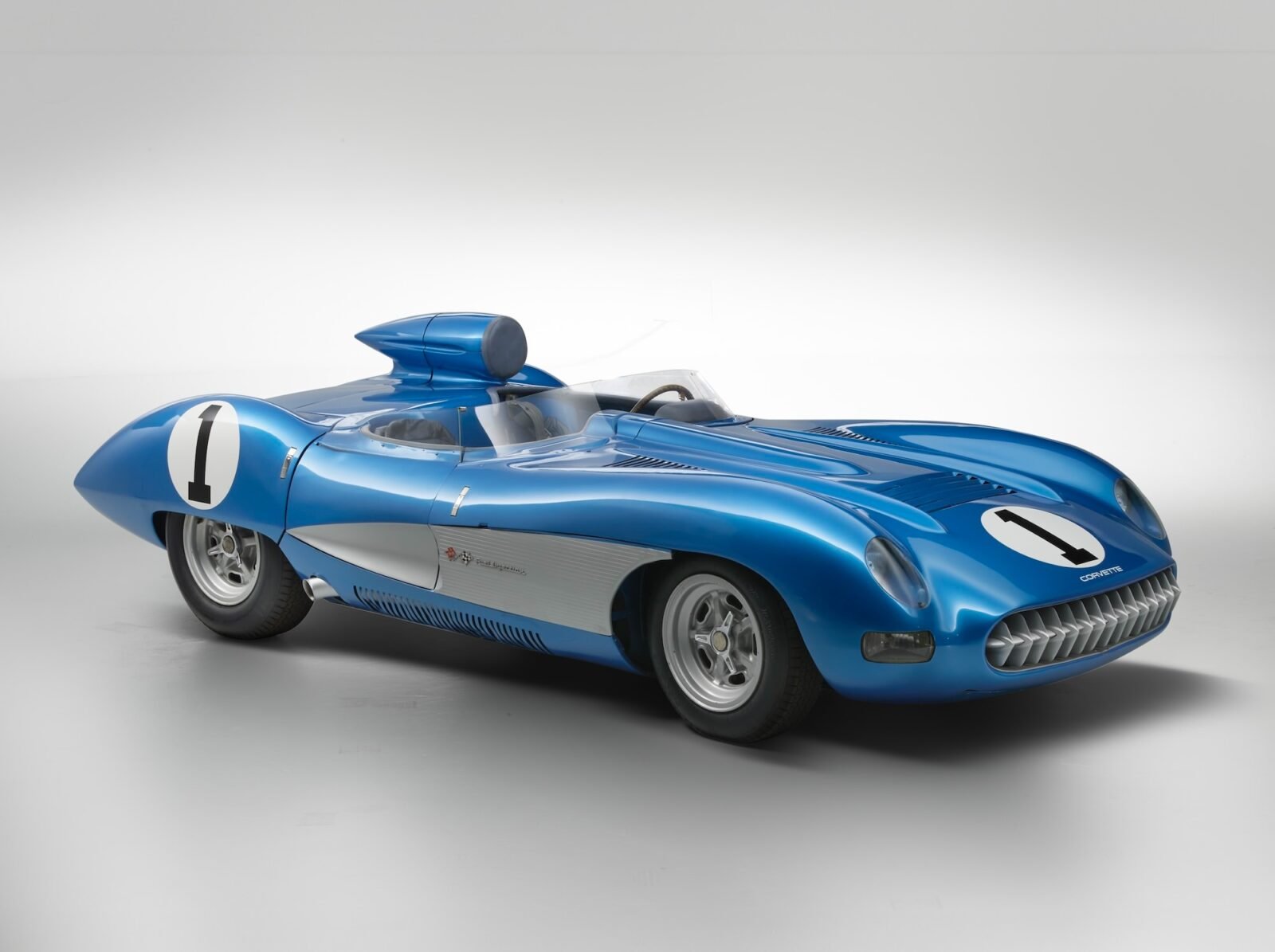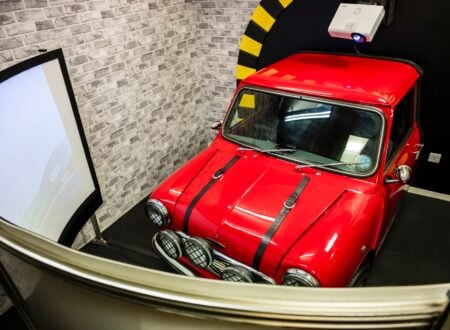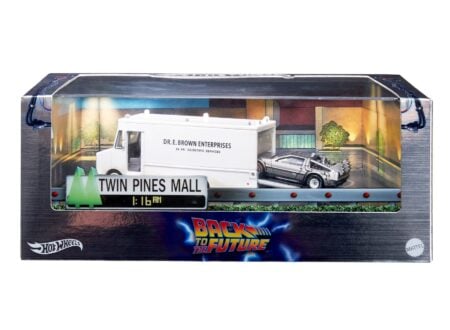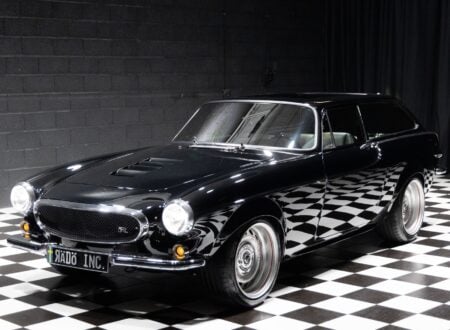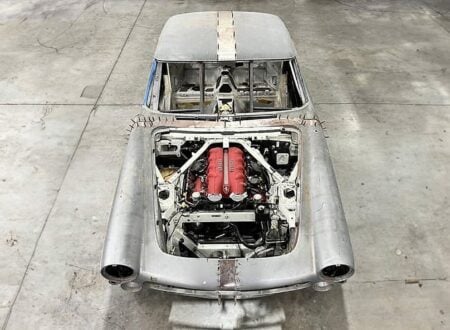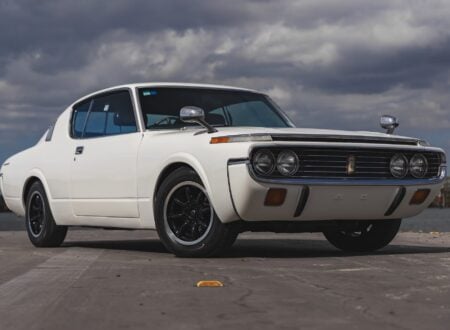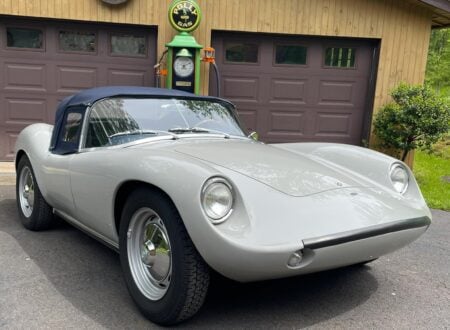This is the original 1957 Chevrolet Corvette SS Project XP-64, it’s the first purpose-built GM race car ever made, and it was raced at the 1957 Sebring 12 Hours by drivers John Fitch and Piero Taruffi.
The car is now coming up for sale for the first time in years with RM Sotheby’s with a price guide of $5,000,000 – $7,000,000 USD at their upcoming Miami auction in late February, so you still have a few weeks to search your couch for enough spare change.
Fast Facts – The Chevrolet Corvette SS Project XP-64
- The 1957 Chevrolet Corvette SS Project XP-64 is General Motors’ first purpose-built race car, designed to compete with top European manufacturers like Ferrari, Mercedes, and Jaguar. It debuted at the 1957 Sebring 12 Hours, showcasing advanced engineering, including a lightweight magnesium body and a fuel injected 283 cubic inch V8 engine.
- The XP-64 featured a chrome-molybdenum tubular chassis weighing only 180s lbs, independent front suspension, a de Dion rear suspension, and finned aluminum drum brakes. Its experimental Ramjet fuel injection system powered a 283 cubic inch (4.6 liter) V8 producing over 300 bhp, with a top speed of 183 mph demonstrated in testing.
- Despite showing promise, XP-64 retired early at Sebring due to technical issues. Plans to race at Le Mans were abandoned when GM and other manufacturers ceased factory-supported racing in 1957 following an agreement, leaving XP-64’s competitive potential largely unrealized.
- After decades of display, XP-64 is now being sold by RM Sotheby’s with an estimated price guide of $5 to $7 million USD. It represents a significant piece of Chevrolet and motorsport history, which will be appealing to collectors and enthusiasts alike.
The Corvette SS Project XP-64
The Corvette SS Project XP-64 would become arguably one of the most important Chevrolets of its day, and a precursor of what the Corvette itself would become in later years. The XP-64 project was founded with a single goal in mind – to take on Mercedes, Jaguar, Ferrari, Maserati, and Aston Martin at the world’s top sports car races and beat them soundly.
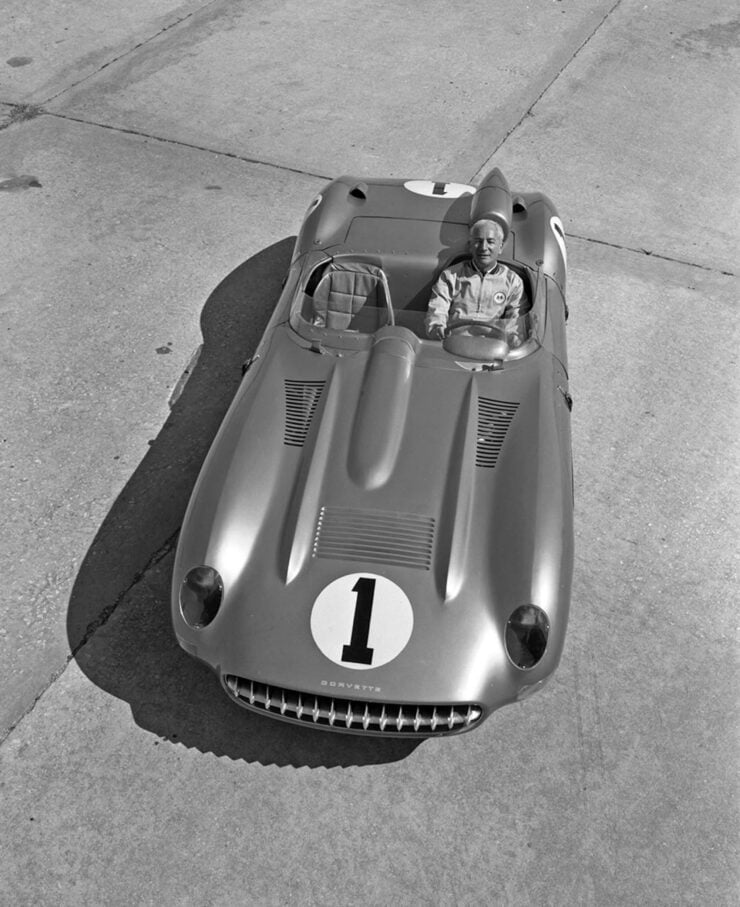

The development of XP-64 would see General Motors buy a Jaguar D-Type followed by a Mercedes-Benz 300SL, two of the most competitive sports racing cars of the day. At the time, the Europeans were significantly ahead of the Americans in sports car and racing technology, and the General Motors engineers wanted to see what was under the sleek skin of the best from Britain and Germany respectively.
Harley Earl, the man who had designed the original 1953 Corvette, would bring a D-Type into the GM Research Studio to have the engine swapped out for a Chevrolet V8, and to have the bodywork either replaced or at least significantly changed to look more like the Corvette.
The idea of using another manufacturer’s car raised some eyebrows among GM’s upper echelons, and as a result a program was approved to develop a brand new car from scratch. Many believe that this was Earl’s plan all along, and the D-Type project had merely been a ruse.
Regardless of Earl’s intentions, the GM engineers now knew the D-Type inside out. A Mercedes 300SL would then be acquired and stripped back to its bare chassis for evaluation. It would be the tubular space frame of the 300SL that would inspire the chassis of the Corvette SS Project XP-64, a chassis that would be designed by Zora Arkus-Duntov and his team.
The Construction Of XP-64 Begins
Duntov was both a successful automotive engineer and a successful racing driver in his own right, having taken a class victory at the 1954 24 Hours of Le Mans driving for Porsche, followed up with another class win at the event a year later. He had seen the Corvette when it was released in 1953 and realized that it could be a great sports racing car, but not in its then-current configuration.
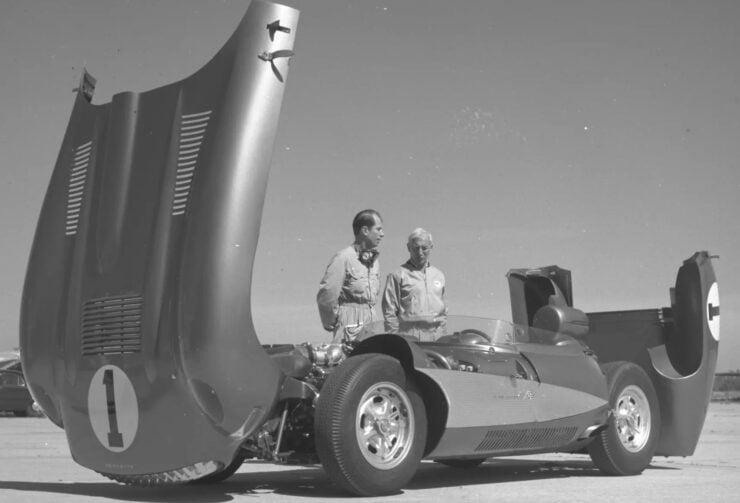

Duntov wrote a letter to General Motors regarding the Corvette program, and thanks to his respected name, he was offered a job and soon joined the company.
It would be Duntov who would lead the Corvette SS XP-64 project and it would be thanks to him that it would be so competitive right out of the gate. The car was given a hand-formed magnesium body over the top of its chrome-molybdenum tubular truss-type frame.
Suspension consisted of an independent front end with a de Dion rear, designed to keep unsprung weight low and provide better handling than the more common live axle rear end arrangement. Perhaps unsurprisingly for the time, the car was given finned aluminum drum brakes front and rear.
Power was provided by a Chevrolet 283 cubic inch (4.6 liter) V8 with an iron block, aluminum cylinder heads, and an experimental Ramjet fuel injection system. This engine weighed 450 lbs, that’s 80 lbs less than the comparable Corvette V8 of the time, and it was capable of over 300 bhp – more than 1 bhp per cubic inch.
Power was sent back through a 4-speed close-ratio gearbox with synchromesh on all forward gears and an aluminum casing to help lower the weight. The differential was fitted with quick-change gears, allowing the car to be quickly modified for twisty lower speed circuits, or higher speed circuits with long straights.
The dry weight of the Corvette SS Project XP-64 was just 1,850 lbs dry, that’s almost 1,000 lbs less than the standard production Corvette of the time. Amazingly, the car had gone from a concept idea to a finished vehicle ready to race in just five months.
The timeline was so compressed that mechanics were said to still be working on it in the transport truck on the drive to its first race – the 1957 12 Hours of Sebring.
XP-64 Goes Racing
Two versions of the car had been made, the “Mule” with a fiberglass body and the primary car with the magnesium body. Duntov would offer the Mule to drivers Juan Manuel Fangio and Stirling Moss, two of the greatest of the age, and Fangio would set a lap record in the car almost instantly – 2.4 seconds than the previous record holder.
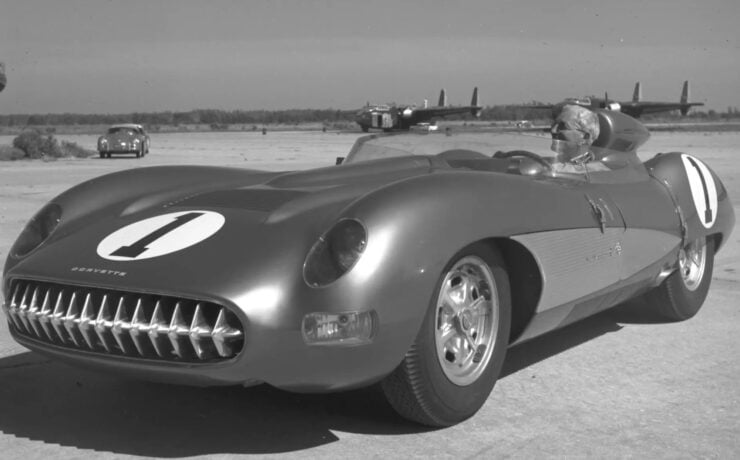

During the race the car would be driven by John Fitch and Piero Taruffi, it instantly showed great promise, but alas, the car’s lack of development time and testing resulted in a number of issues including rear suspension bushing failures, brake issues, and an overly hot cockpit caused by the magnesium body heating up and essentially cooking the driver.
Ultimately the car would need to be retired on the 23rd lap but the race had achieved its purpose – to highlight any shortcomings so they could be rectified before the car was sent off to compete at the most important race against the best in the world – the 24 Hours of Le Mans.
Disaster Strikes – A Sudden End
While the car was being improved ready for its Le Mans debut, disaster struck. On the 6th of June 1957 the Automobile Manufacturers Association (AMA), consisting of all the American auto manufacturers, agreed to end factory-supported racing efforts one safety grounds. This killed Project XP-64 instantly and meant that it wouldn’t race at Le Mans, and wouldn’t race again in period at all.
Duntov wasn’t quite ready to allow the car to be mothballed just yet however. Two years later in 1959, he would personally drive the SS at the Daytona International Speedway, lapping the track at 155 mph, an impressive feat for the time. He would later return with the SS to GM’s Mesa Proving Ground, achieving a top speed of 183 mph and proving just how quick the SS was.
The car was later shown at a number of major events and would eventually end up being donated to the Indianapolis Motor Speedway Museum where it spent decades on display, leading many to question what might have been if it had been permitted to keep racing in-period.
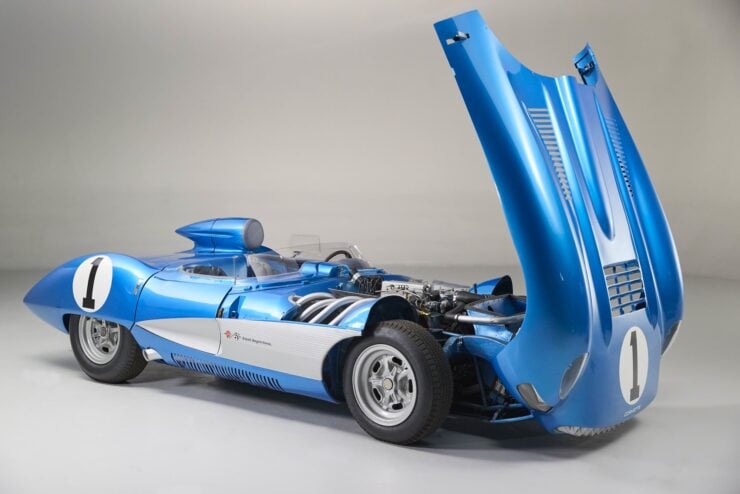

The Corvette SS Project XP-64 is now being offered for sale for the first time in many years by RM Sotheby’s in Miami in late February.
The price guide is $5,000,000 – $7,000,000 USD, though of course it could sell for considerably more given its important place in history. If you’d like to read more about it or register to bid you can visit the listing here.
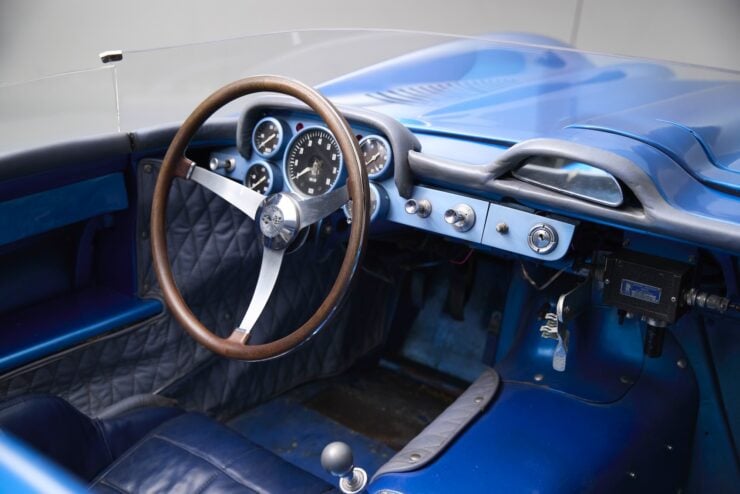
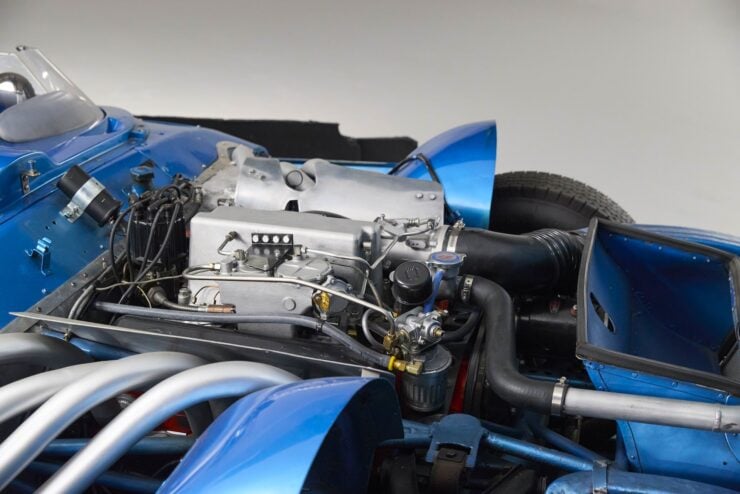
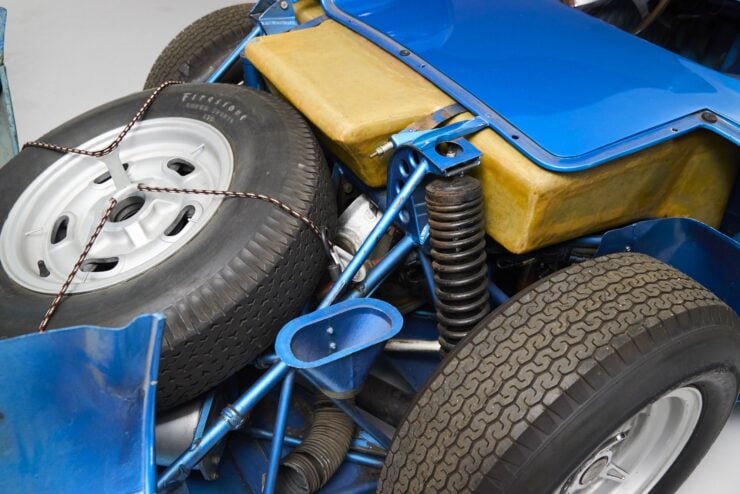
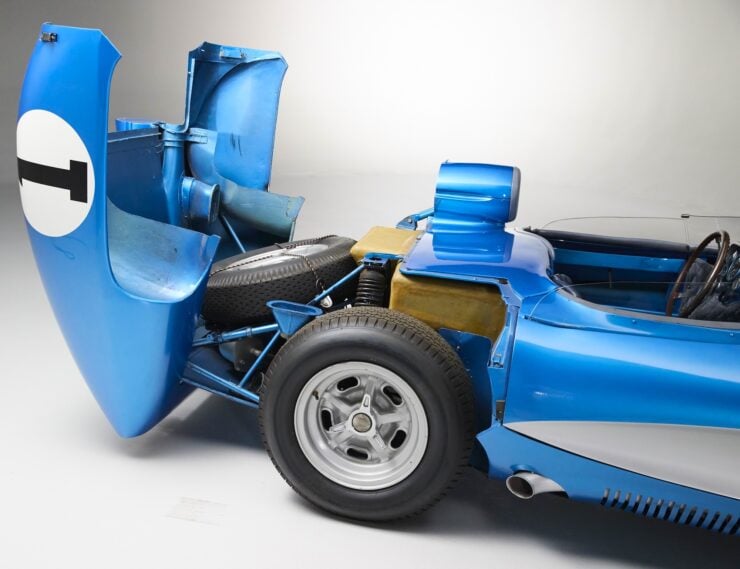

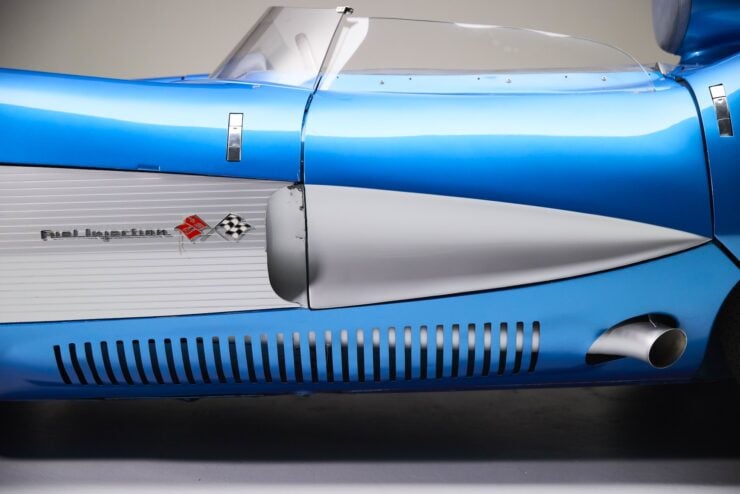
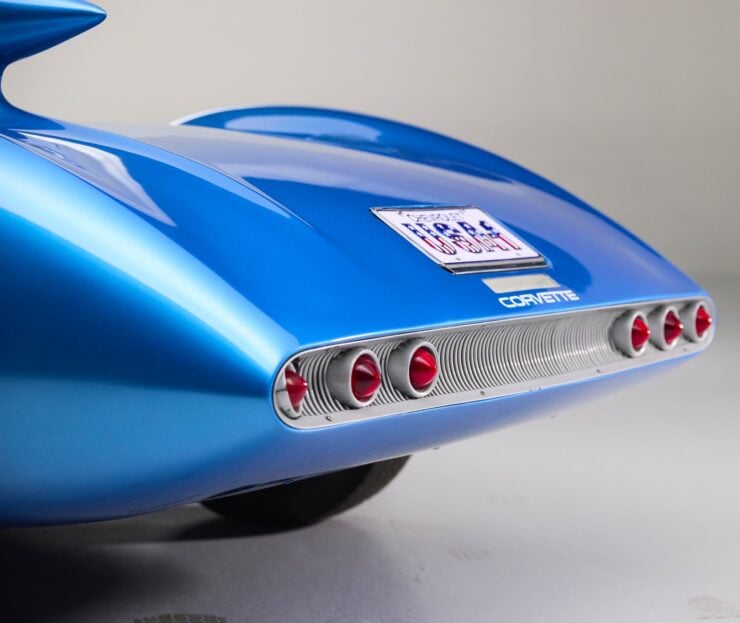
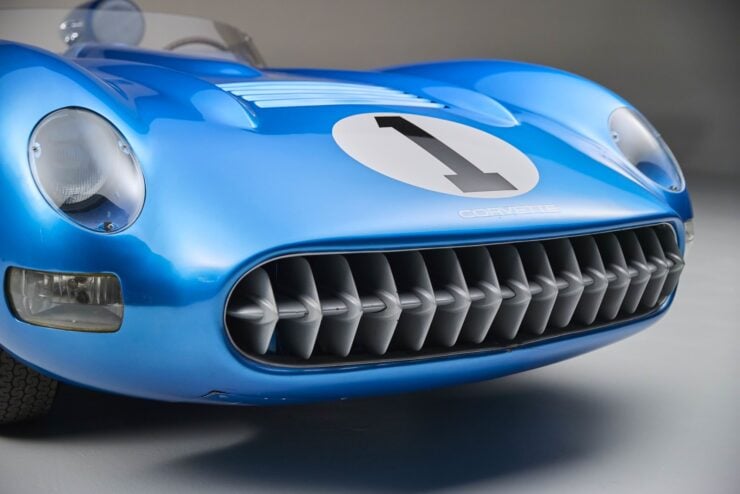
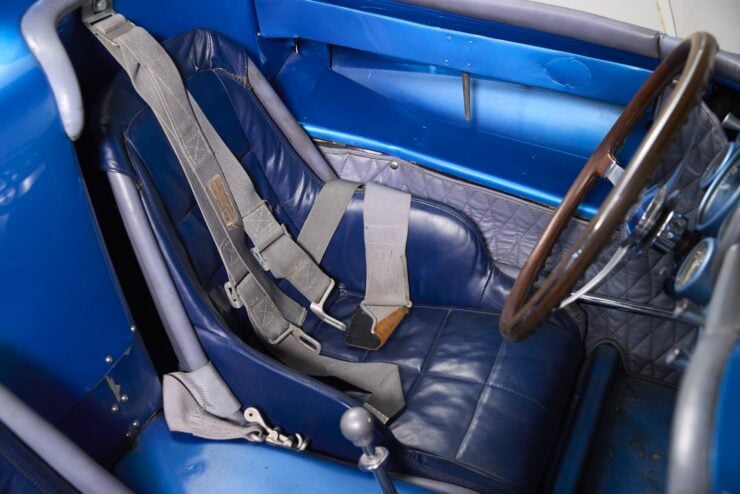
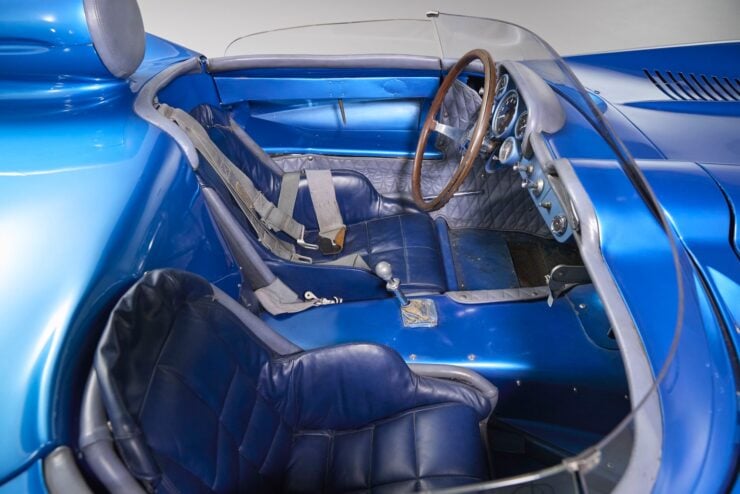
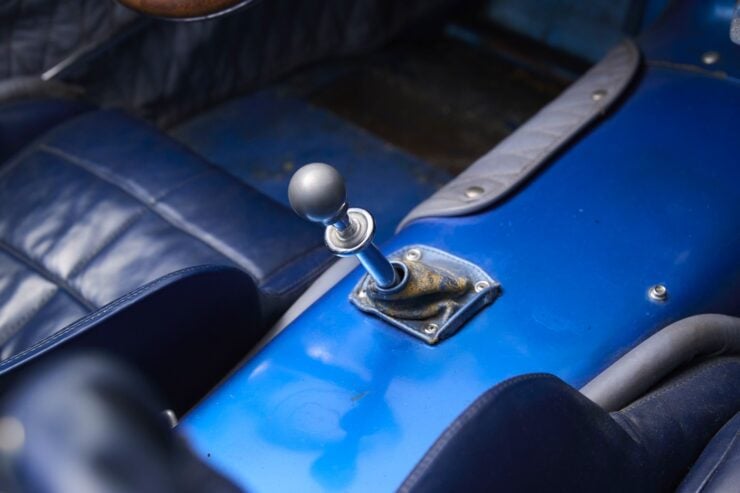
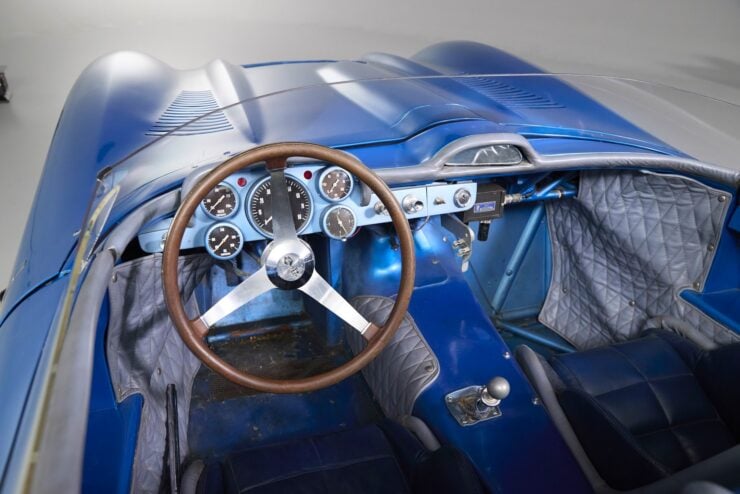
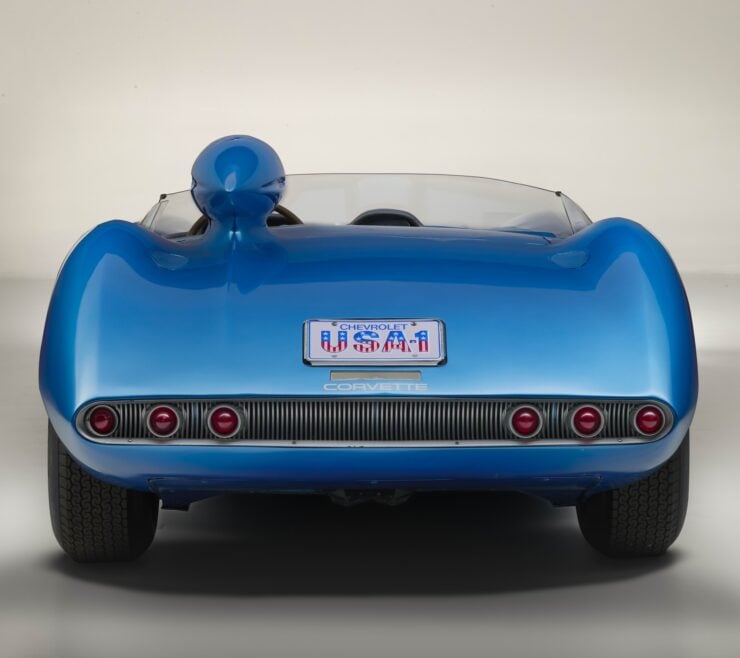
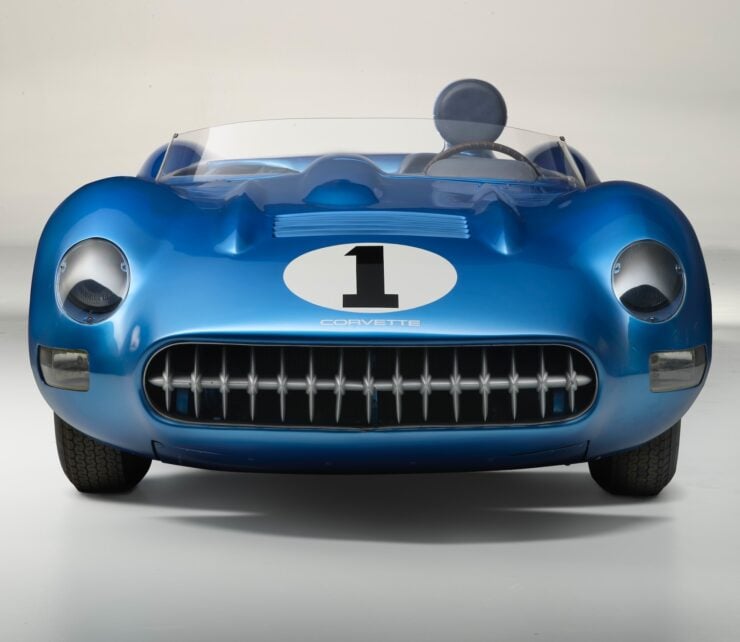
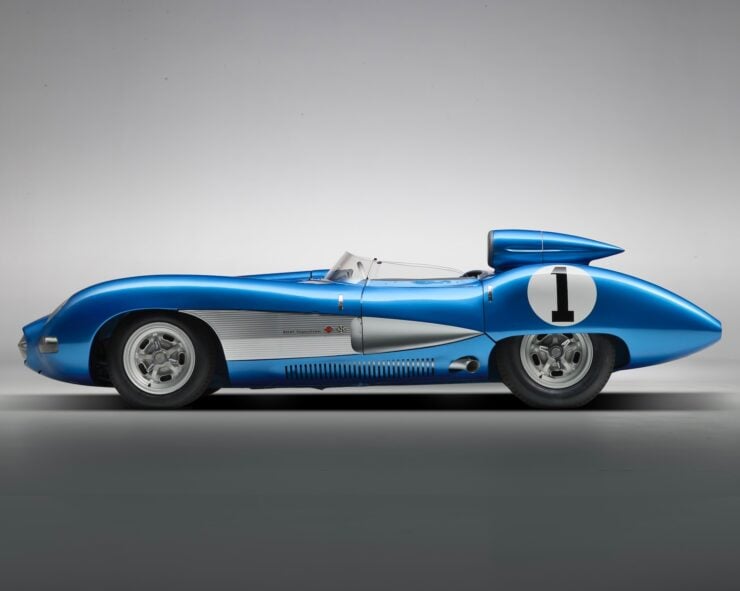
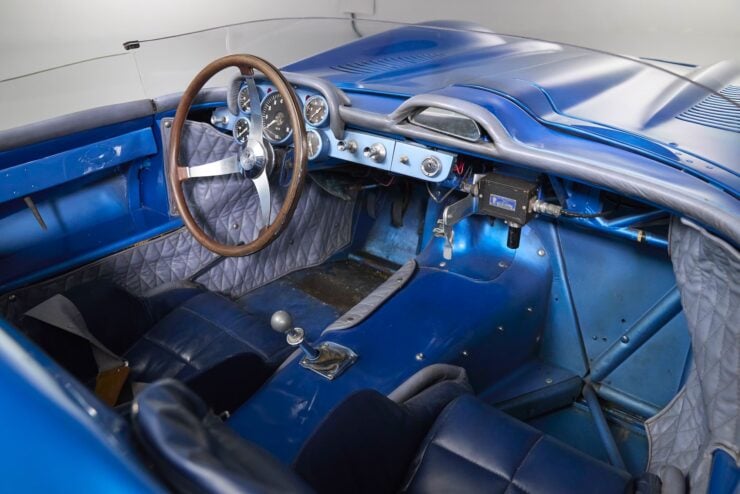
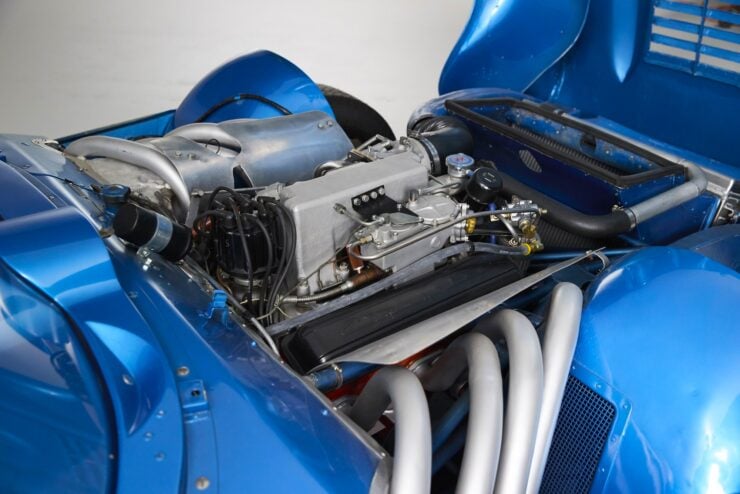
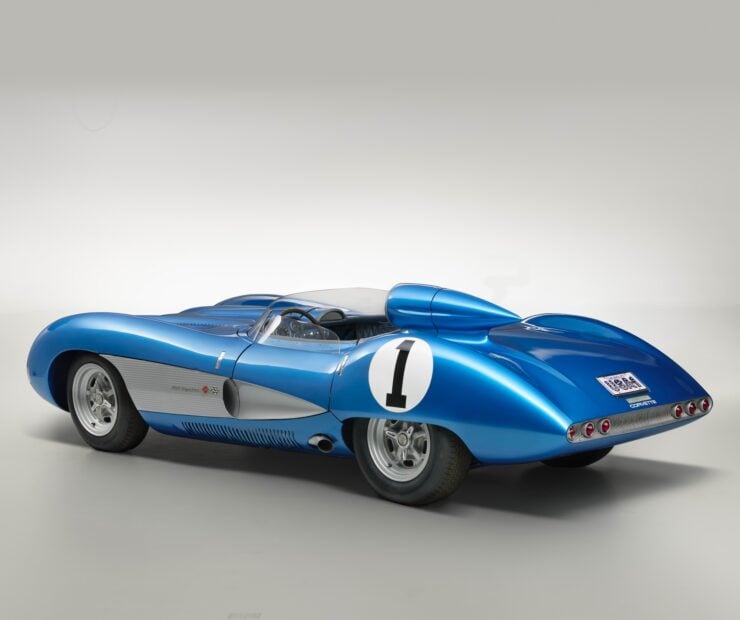
Images: shooterz.biz ©2024 Courtesy of RM Sotheby’s + The General Motors Archives

